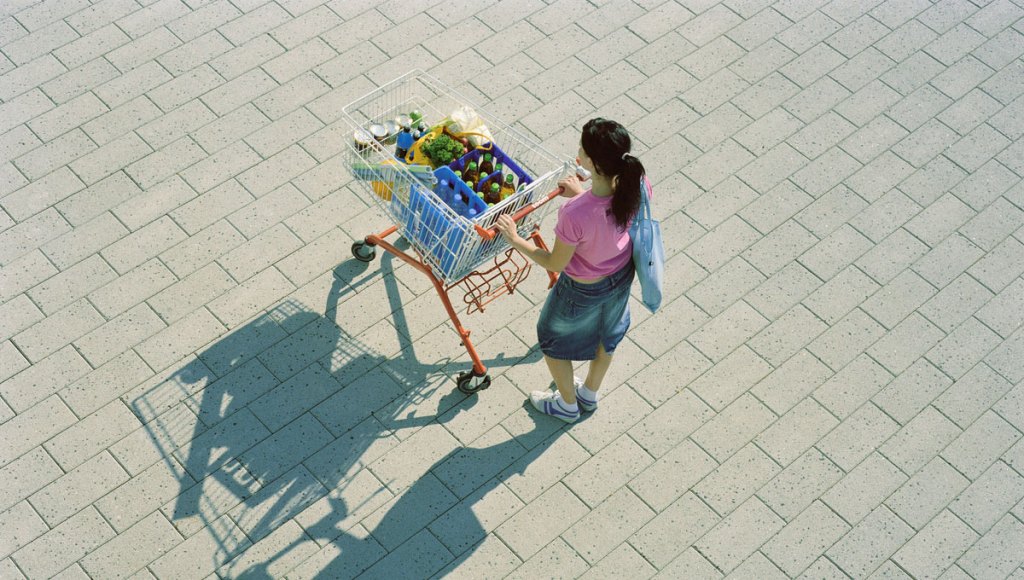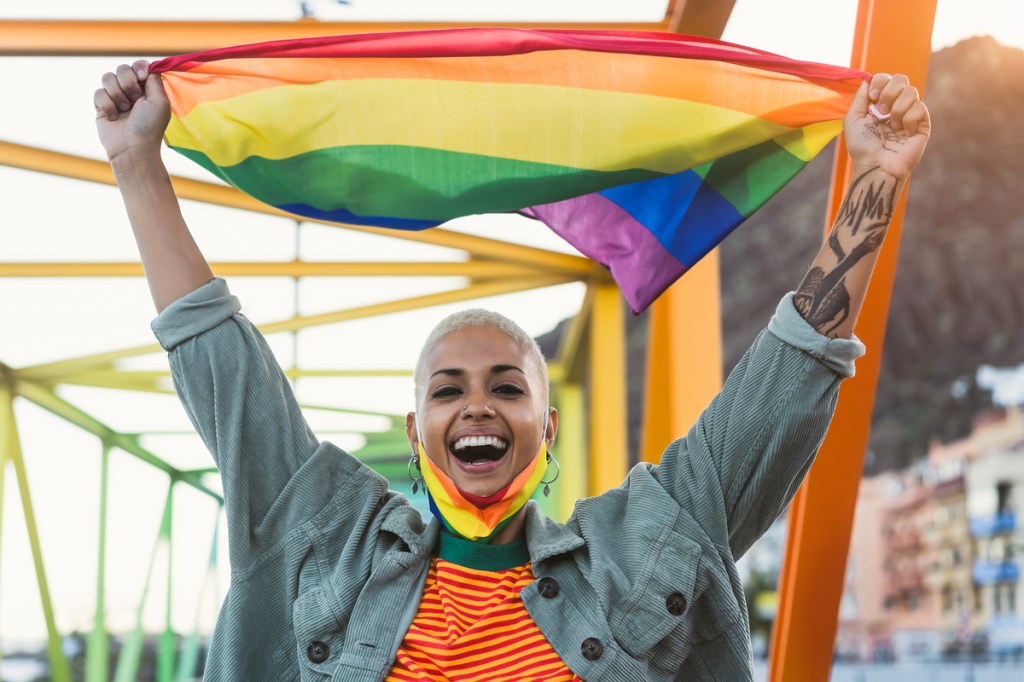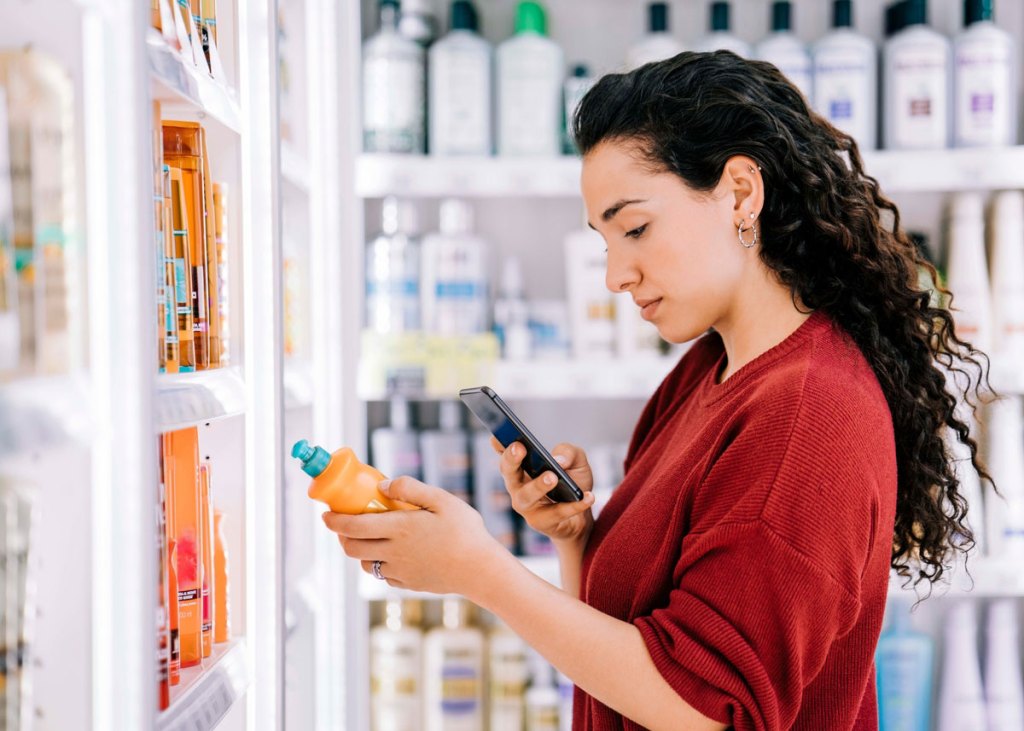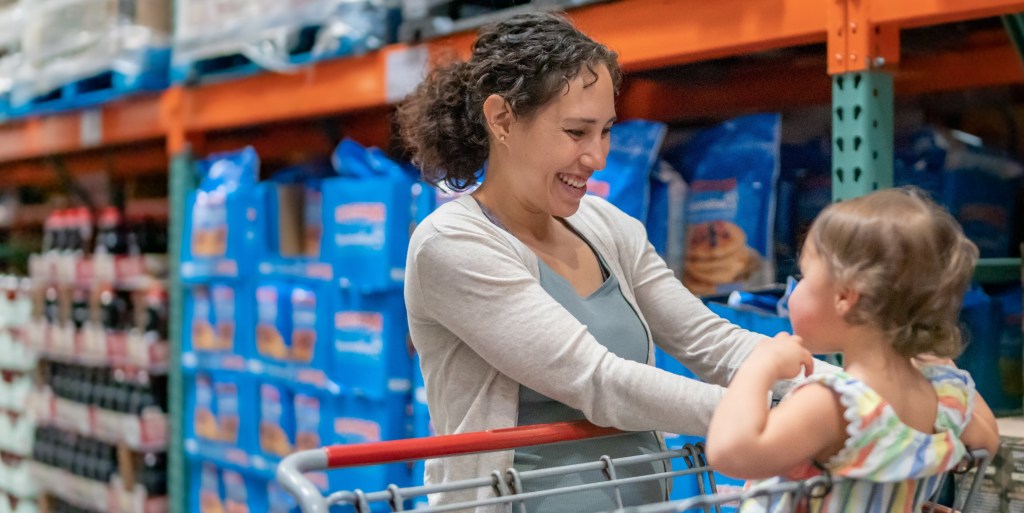Remember when shopping was primarily a chore? If you’re a millennial, you might never have thought this way, but it really wasn’t that long ago that shopping was more of a task than an experience—let alone something to look forward to.
Historically, Black Friday was the year’s sole shopping experience. Today, however, the abundance of choice, access, and creative marketing give brands and retailers all the ammunition they need to inspire consumers to shop at any time they choose.
Enter Amazon Prime Day, a mid-year shopping thrill ride of deals and discounts for hundreds of thousands of consumers around the globe. This shopping event has grown so big that it can no longer be contained in just one day. It’s also no longer just an online event, with discounts extending into Whole Foods stores across the country.
After its debut year, Prime Day generated massive buzz and sales in the subsequent three years, with the company claiming that last year’s event was the biggest shopping day in the company’s history—until it was surpassed by Cyber Monday just a few months later.
So how big will this year’s event be? While there’s little doubt that it will continue on its upward trajectory, the growth areas might surprise you.
Grocery Over Gadgets?
To stoke the fire in its early days, Prime Day focused on gadgets and electronics to fuel online sales. But as consumers have warmed up to buying more categories online and through omnichannel avenues, Prime Day has grown into an occasion for shopping for just about anything, including consumer packaged goods (CPG)—an area we’re tracking closely. In 2018, Prime Day spanned 36 hours and U.S. CPG sales increased 20%.
Within CPG, we expect grocery items to continue gaining ground. Last year, grocery was the second-most shopped CPG category (behind health and beauty), accounting for 17% of Amazon’s total U.S. CPG sales on Prime Day.
As the most shopped CPG category on Prime Day, health and beauty should outperform last year’s sales. Beauty care basics are a particular draw on Prime Day; oral hygiene items (like electric toothbrushes), for example, accounted for nearly 13% of Amazon’s Prime Day CPG sales in the U.S. in 2018. That’s 235% more than the average over an average two-day period (we use a two-day average because Prime Day in 2018 spanned 36 hours and 48 hours in 2019).
Despite being one of the most evolved CPG categories in the online space, the pet category has yet to bloom on Prime Day. In 2018, pet products accounted for just 10.4% of Amazon’s CPG sales, which is less than what they account for on a single day during an average two-day period. Perhaps Prime Day simply isn’t pet friendly. Or is it a missed opportunity for the players in the space?
Fueling the Race for Omnichannel Dominance
By bringing Whole Foods into the fold, Amazon is making big strides to compete with a true omnichannel perspective—one that now spans into Prime Day. Winning the omnichannel race, however, is still anyone’s game, as the race for omnichannel grocery supremacy is tightening.
Additionally, counter to what you might think, Prime Day isn’t just good for Amazon. With the creation of Amazon Prime Day, the aperture for deal hunting has certainly expanded beyond a single retailer. Other retailers have certainly recognized that consumers are paying attention to this shopping event. The event’s halo effect has many retailers clamoring to cash in. In fact, this will be the most competitive Prime Day ever. According to NielsenIQ, more than 250 retailers have deals planned to coincide with the Amazon event—and with good reason. Target, for example, more than tripled its CPG sales on Prime Day last year compared with an average two-day span throughout 2018.
That said, smaller online retailers will likely need to over-invest in order to capture sales, including offering compelling low prices, bundling, or matching fast shipping times. Those will be table stakes to compete during this year’s Prime Day. The field is getting crowded, and it will be interesting to see who ultimately will win the omnichannel (online and in-store) race.
The expansion and evolution of Amazon Prime Day over the past five years has been impressive—with little evidence of a Prime Day spending slowdown happening anytime soon. In fact, when examining other markets, like China, we see significant headroom for online event spending. So as more retailers look to offer compelling value, we believe that these types of events will garner more attention and likely grow beyond individual online-only shopping days, which seems to be the direction that Amazon is heading. In fact, the recent Prime Day concert (headlined by Taylor Swift) reflects Prime Day’s potential to expand and evolve beyond just a retail holiday into a multi-dimensional experience to further create an annual consumer and cultural moment.



